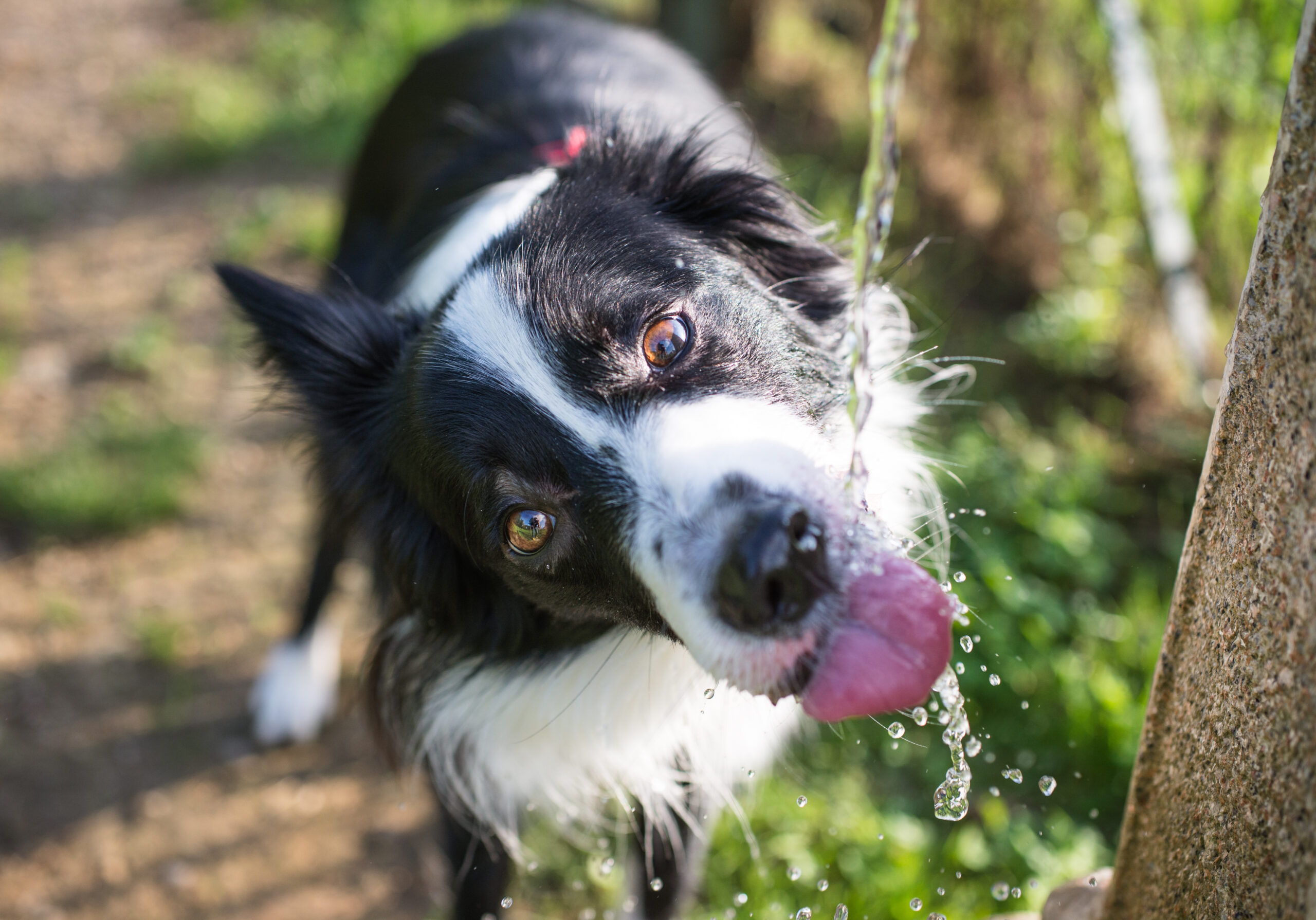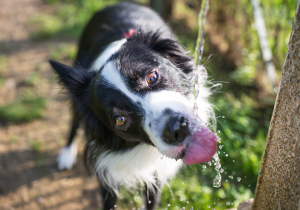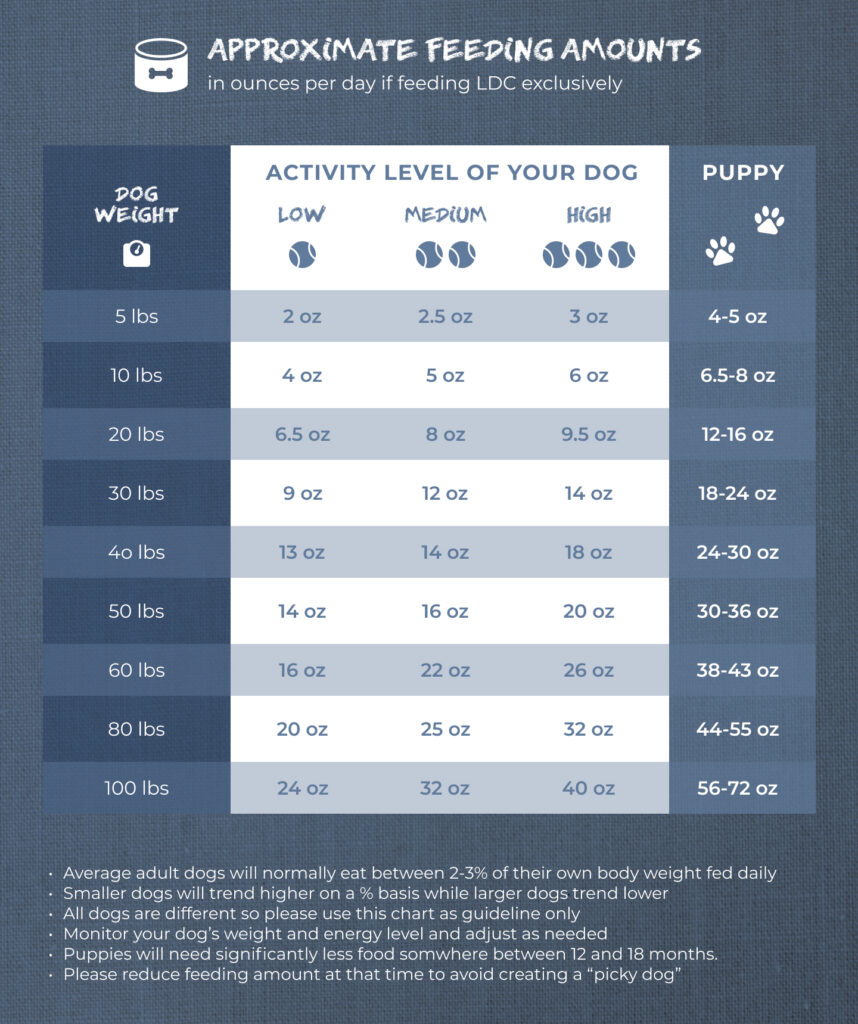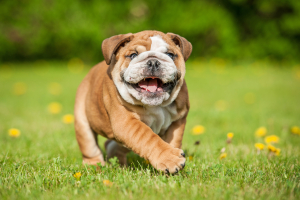 Heat stroke in our canine friends has become a more frequent problem in recent years, especially as we are hearing more and more about people leaving dogs in their cars during hot weather. Luckily, laws are changing across the country that will hopefully impact this occurrence. Even if you never leave your dog in the car, there are still things you can watch out for to help your dog stay happy and healthy in the summer.
Heat stroke in our canine friends has become a more frequent problem in recent years, especially as we are hearing more and more about people leaving dogs in their cars during hot weather. Luckily, laws are changing across the country that will hopefully impact this occurrence. Even if you never leave your dog in the car, there are still things you can watch out for to help your dog stay happy and healthy in the summer.
Some basic facts on your dog’s health
- Older dogs, and those with weight issues, heart or breathing problems and short noses (like bulldogs) are more prone to heat related problems
- Yes, dogs pant, but they can also sweat through the pads on their feet, so avoid hot pavement
- Ideally, your dog,s internal temperature should be between 99.5 and 102.5 F. Heat stroke occurs when the temperature gets to over 103 F. If it gets as high as 108 F, it can be deadly. Plus, there is always the risk of danger to internal organs like swelling of the brain and kidney failure
Always keep an eye on your dog in the heat and if you see any of the following symptoms, get help
- extreme thirst
- thick and sticky saliva
- vomiting or bloody diarrhoea
- skin around the neck and muzzle that does not bounce back with gently pinched (a sign of dehydration)
- increased heart rate
- decreased urination
- bright red tongue and pale gums
- loud and excessive panting
If you notice any of the above symptoms but are not sure if they are a sign of heat stroke, you can always take your dog’s temperature using a rectal thermometer. If his temperature is over 103 F, call the emergency vet in your area.
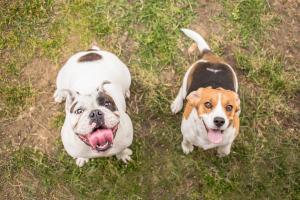 Some of the symptoms above can be hard to detect, but there are others that signal severe danger
Some of the symptoms above can be hard to detect, but there are others that signal severe danger
- collapse or coma
- weakness with muscle tremors
- increased trouble breathing
- disorientation with wobbly gait
- laying down on his side
Always get help as soon as possible, and cool your dog down in the best way available while you wait. Stay tuned to our next post to learn how to cool your dog down.

